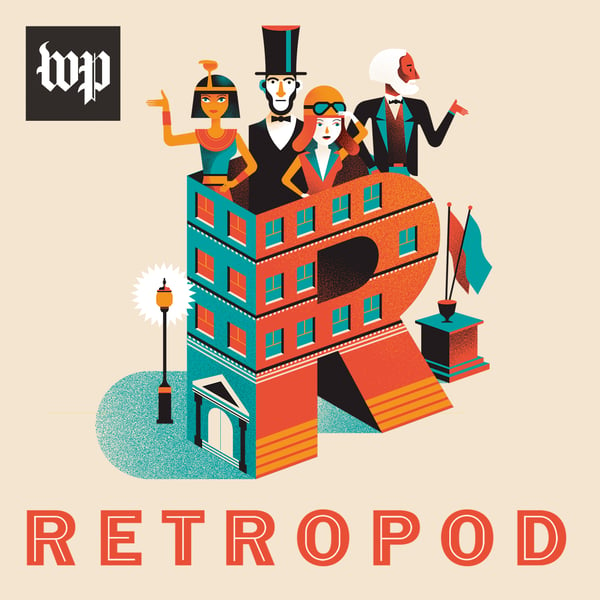Jim Crow and the rise of blackface
Retropod
The Washington Post
4.5 • 670 Ratings
🗓️ 8 February 2019
⏱️ 6 minutes
🧾️ Download transcript
Summary
Transcript
Click on a timestamp to play from that location
| 0:00.0 | Hi there. I'm Washington Post reporter Lillian Cunningham. Stay tuned after the show to hear about my latest podcast, Moonrise. It's the dark but true story of why we went to the moon and what we found there. The full series is available now. |
| 0:19.0 | Hey, history lovers. I'm Mike Rosenwald with Retropod, a show about the past, rediscovered. |
| 0:26.2 | Jim Crow, you've no doubt heard this name before. |
| 0:31.5 | It's a name that has stood for hate and for the laws, the Jim Crow laws, that made racial segregation in the South |
| 0:40.2 | legal until the civil rights movement in the 1960s. |
| 0:44.4 | Now that ugly name has re-emerged in the American vernacular, thanks to the recent political |
| 0:50.3 | scandals unfolding in Virginia, where both the governor and attorney general have |
| 0:55.8 | admitted to wearing blackface in their past. |
| 0:58.8 | I took responsibility for content that appeared on my page in the Eastern Virginia Medical School |
| 1:05.2 | yearbook. That was clearly racist and offensive. |
| 1:10.8 | So what's the connection between Jim Crow and Blackface? |
| 1:16.1 | Well, back in the 1830s, Jim Crow wasn't yet a symbol of inequality. |
| 1:22.3 | He was a fictional character in minstrel shows who, to entertain his audiences, |
| 1:30.3 | danced like a buffoon and spoke with an exaggerated imitation of black slave vernacular. Intended to be comedic, minstrel shows were first |
| 1:38.0 | performed in New York with white actors who wore tattered clothing and used shoe polish to blacken their faces, according to |
| 1:46.3 | the Smithsonian's National Museum of African American History and Culture. |
| 1:51.8 | While society now considers donning blackface as clearly racist, according to historians, |
| 1:58.0 | the practice, especially on stage, was celebrated by whites in the South following the Civil War. |
| 2:05.6 | The battlefield fights were over, but the struggle over race was not. |
| 2:11.9 | And Jim Crow, he was the biggest star of the minstrel shows that denigrated blacks. |
| 2:21.8 | Who was behind Jim Crow? |
| 2:24.6 | A man, a white man named Thomas Dartmouth Rice. |
... |
Please login to see the full transcript.
Disclaimer: The podcast and artwork embedded on this page are from The Washington Post, and are the property of its owner and not affiliated with or endorsed by Tapesearch.
Generated transcripts are the property of The Washington Post and are distributed freely under the Fair Use doctrine. Transcripts generated by Tapesearch are not guaranteed to be accurate.
Copyright © Tapesearch 2025.

